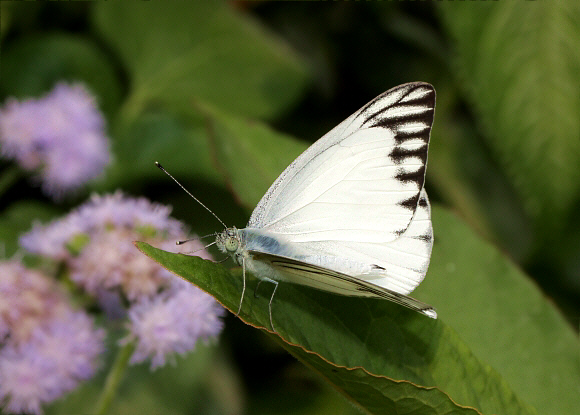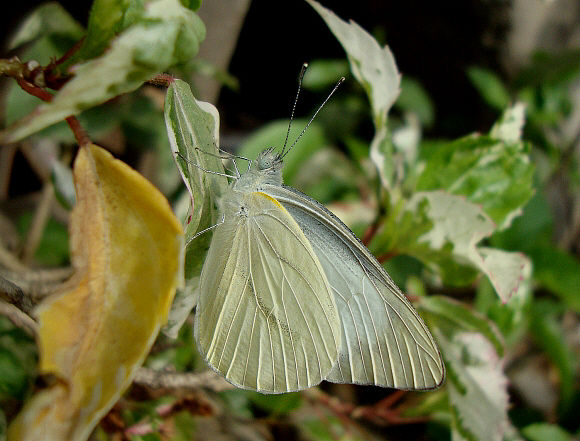
Introduction
There is a degree of uncertainty regarding the taxonomy of a few Appias species, so it isn’t possible to give precise figures, but there are about 7 or 8 species in the Australian region, and somewhere between 16-20 in the Oriental region, 10 of which occur in the Indian subcontinent, namely albina, libythea, paulina, lyncida, nero, indra, melania, lalage, wardii and olferna.
With the exception of the bright orange A. nero, the males of all Indian Appias species are white on the upper wing surface, with the apex and outer margins of the forewings marked to a greater or lesser extent with black, according to species. Females of the “white” species have a dull brownish-white ground colour, heavily suffused with dark brown around the margins and in the fw discal cell. The undersides vary considerably – e.g. albina is pure white; indra is greyish, heavily mottled with brown; and the underside hindwings of lyncida are bright yellow with broad chocolate margins.
Appias olferna was formerly considered to be a subspecies of libythea and is virtually identical on the underside. On the upperside however the black apex and margin of olferna is almost solid, but in libythea it is broken into a series of narrow bars.
Appias olferna is distributed from north-west India to Burma, Laos, Thailand and Vietnam.
Habitats
This species is found in forest glades, well vegetated river valleys, beach hinterlands, marginal farmland, gardens and many other habitats, at altitudes between sea level and about 2000m.
Lifecycle
The larval foodplant is Capparis (Capparidaceae).
Adult behaviour
Males are attracted to urine, and often mud-puddle at patches of damp ground, aggregating with other Pierines, and various Graphium species. Females are usually seen either when ovipositing, or when nectaring at Carduus or other Asteraceae.

